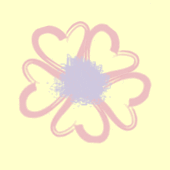Goddess Worship

The practice of Goddess Worship has been around for many centuries. According to most scholars, most if not all of the early people worshipped the great female life-giving principle as a goddess. This culture lasted for numerous centuries as Males and females were treated equally and society was martilineal. Life was based on the lunar calendar and time was a repetitive cycle. In early Christianity, there was a feminine presence added to the religion in 431 Ce as the virgin Mary was named Theotokos (Mother of God). Her role was heavily restricted and included none of the feritility component that most goddesses share. Now Goddess Worship has been revived by NeoPagan religion. The Goddess is visualized in three aspects- Mother, Crone, and Maiden. Her aspects are mirrored in the phases of the moon: waxing, full, and waning. The Maiden is a representation of youth, emerging sexuality. The Mother is symbolic of feminine power, fertility and nurturing. The Crone is wisdom, the compassion which comes from experience, and the one who guides through death experience. Goddesses have been called by different names throughout various cultures and times: Anat, Aphrodite, Aradia, Arianrhod, Artemis, Astarte, Brighid, Ceres, Demeter, Diana, Eostre, Freya, Gaia, Hera, Ishtar, Isis, Juno, Kali, Lilith, Ma'at, Mary, Minerva, Ostare, Persephone, Venus, Vesta, and many others. Goddess Worship has experienced a revival as of late as it is one of the practices present in the modern religion of Wicca.
My Info:
Name:
Chad Harvey
Email: